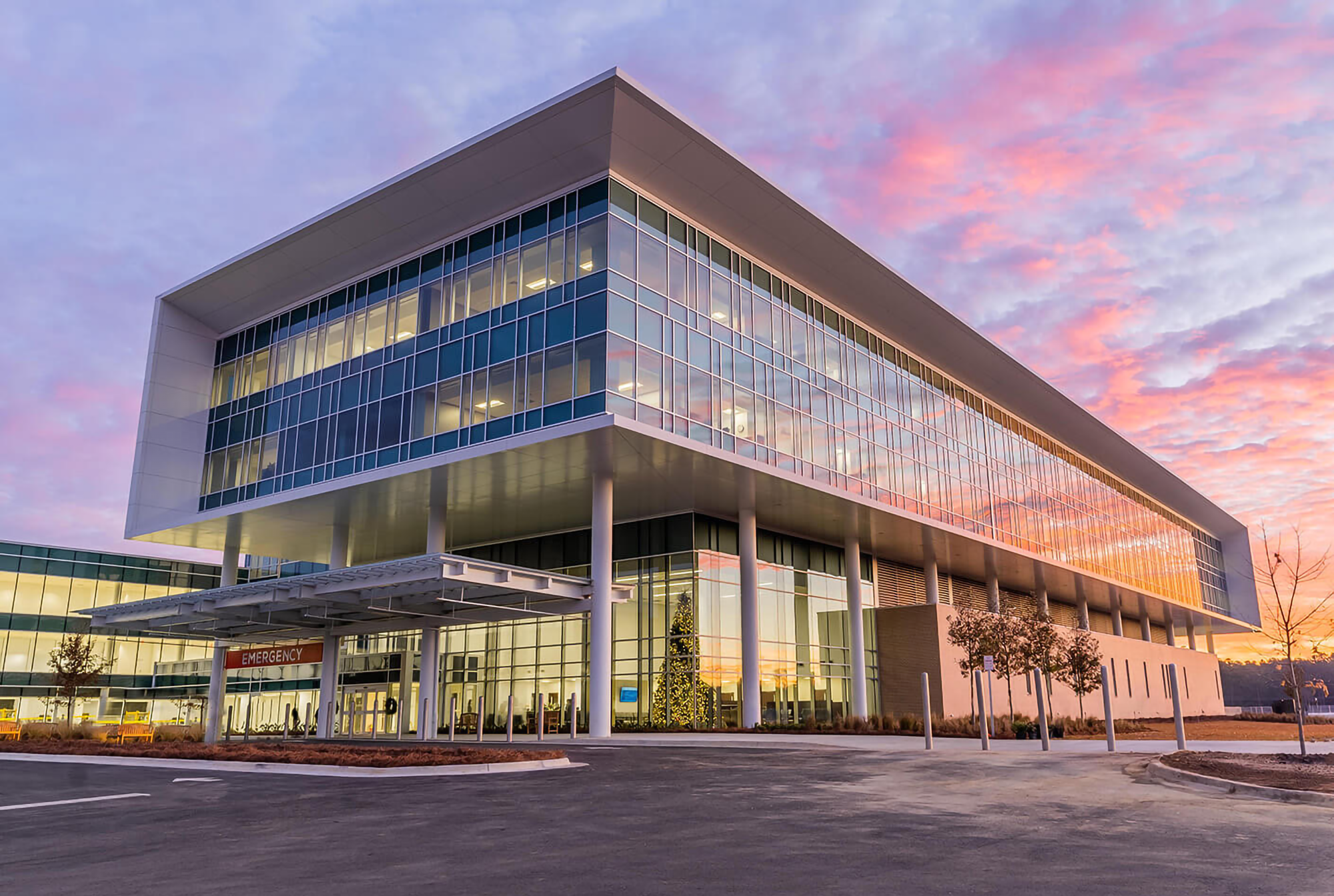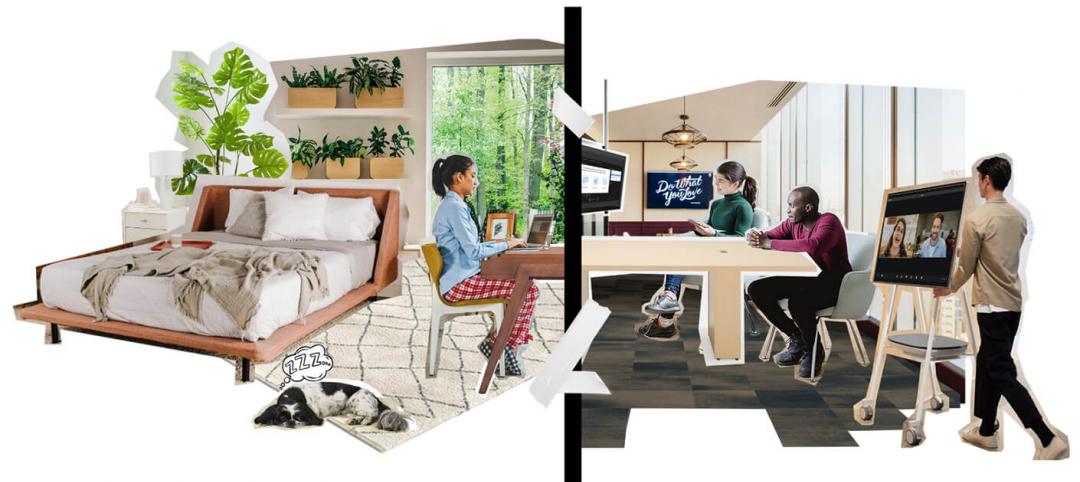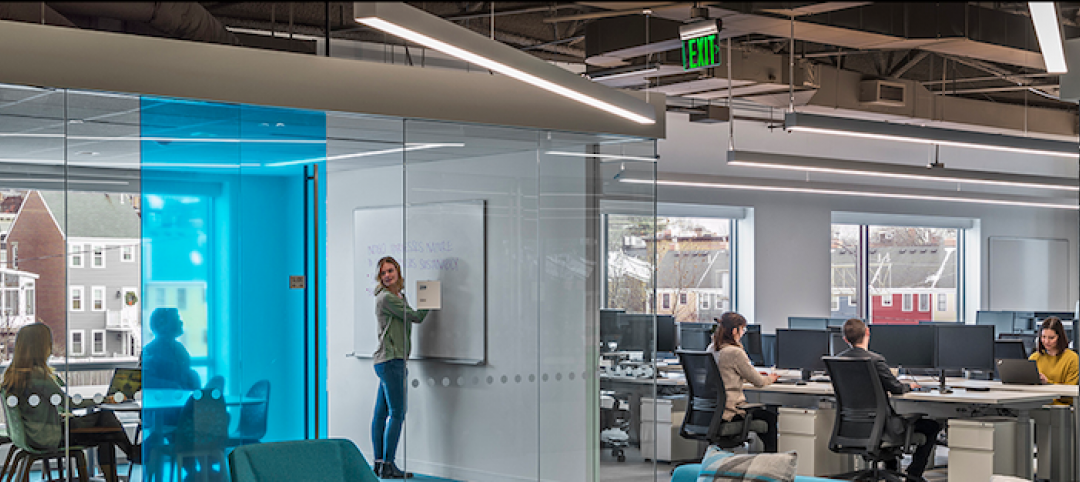At the start of the COVID-19 outbreak, I shared my insights about how Emergency Department (ED) design could respond to the needs of the patients, families, and healthcare workers on the frontlines of this acute, large-scale crisis. Two years later, as we transition from pandemic to endemic reality, it’s time to refocus on triage, one of the department’s most important functions.
During the height of the pandemic, capacity and viral containment were the critical considerations for adapting and reallocating emergency space. Under endemic conditions, separating the walking critical from the walking wounded is foremost.
Most EDs have a designated “triage room,” but I can’t tell you how many times I have heard charge nurses remind the staff that “triage is not a place, it’s a process.” Because a patient’s condition can change at any time, triage can occur at the ambulance, the front desk, a bed, in the hallway. ED staff stay current in evidence-based best practices so they can be prepared to respond as quickly and efficiently as possible, but they also need spaces designed for the speed of change in emergency rooms. That means flexibly equipped areas, like “universal modules.” It also means interventions that adapt to our ever-evolving triage protocols.
The widespread adoption of the Emergency Severity Index (ESI), now maintained by the Emergency Nurses Association—of which I am a proud member—is transforming space efficiency in Emergency Departments. Not only does it sensitize triage assessment on a five-point scale, from most critical (1) to least (5), but it also makes resource recommendations according to each “acuity” level. A Level 1 (critical) patient always gets a room, multiple personnel, and supplies; typically fewer resources are required to evaluate a Level 5 patient.
The ESI has been game-changing because it empowers EDs with a rationale to form dedicated triage teams and create staging areas and adaptive operations. In my trauma center several years ago, we implemented “Initial Triage” or “Pivot Nurse,” a specially trained team of nurses who greeted patients in the lobby of the ED, received the patient complaint, and delivered the patient to a stretcher or the triage room based on a “quick look” acuity assessment. Today EDs around the world are implementing similar Rapid Medical Evaluation (RME) interventions for their triage protocols. These include concepts such as Fast-Tracks/Super Tracks, Provider in Triage (PIT), and Results Pending areas.
The bottom line is determining the best plan of care. Obviously, every second counts for the walking critical, who are typically easy to identify. But some Level 3 patients can appear stable at the time of their complaint even though their condition is critical. In addition to reducing wait times and prioritizing accurate assessment, integrating triage planning into ED design makes all the difference when the wounded suddenly turn critical.
At Perkins&Will, our healthcare teams have been designing solutions for triage protocols since I joined the firm 18 years ago. Here are a few of the triage innovations we have completed for our Emergency Department clients in a range of healthcare settings:
1. Fast-Track Assessment and Provider in Triage

For MidState Medical Center’s renovation and expansion, we proposed a staging area that combined rapid-assessment and -treatment, or Fast Track, with a Provider in Triage (PIT) station. The final design is a dedicated program between the lobby and the main ED operations where twelve triage rooms encircle a central station for the staff and providers, who can, in addition, see and be seen at all times.
One of the first RME solutions we completed, the design freed up beds for the critically ill while allowing a specialized team to focus on seeing and treating low-acuity (ESI Levels 3–5), “vertical” patients quickly. A post-occupancy study found that turnaround times did indeed decrease.
2. Infection-Control and Adaptable Rooms

The Ebola virus outbreak of 2014 influenced the design of the RME module for UVA’s hospital renovation and expansion. Twelve new RME rooms are “universal-acuity adaptable,” that is, equipped to administer any level of treatment. During the COVID surge, the same rooms that had been reserved for lower-acuity emergency procedures converted to care for higher-acuity patients.
In addition, two of the four triage rooms located directly off the lobby are adjoining negative-pressure rooms. In pandemic mode or not, a highly infectious patient can be quickly sequestered in one of the rooms, while a provider suits up in the adjoining room, before entering to assess, don the patient, and move them to an in-patient isolation room if necessary.
3. Results Pending and Observed Waiting

Every ED has its own culture and community, but beds and staff are the most precious resources everywhere. One way to ensure that beds are available for the most critical patients is to provide space where lower-acuity patients can wait for their evaluation results.
In a small community hospital like Alta View, keeping the beds open is absolutely essential. We designed an open-setting Results Pending area, where waiting patients are nearby and within view, should their status suddenly change. The area is located directly off the lobby as well, so patients can easily be discharged.
At South Georgia Medical Center, the Results Pending area was designed with cubicles for Observed Waiting. SGMC’s staff had noticed that patients were often waiting long after being cleared for discharge, because family members could not return to pick them up until after work. Lined up across from the Team Station, the discrete spaces allow staff to monitor vitals and keep their eyes on patients whose acuity is borderline. They are also adaptable, which, for example, strengthened the department’s response to the COVID surge.
4. Initial Triage/Quick Look or Pivot Nurses

In the newly opened Tift Regional Medical Center, the ED staff members have an assigned area in their lobby space, that allows them to quickly identify walking critical from walking wounded as patients enter the facility. The walking critical is immediately bedded and treated in the main ED. Three triage rooms off the lobby support the staff with Provider in Triage, in which the walking wounded can have a rapid medical evaluation and protocols initiated. The back of the triage rooms opens into a team station, curtained results pending cubicles, and Fast-Track rooms, all strategically located to have a balance of visibility for the staff and privacy for the patient.
At Jackson West Medical Center, this facility also has a reception area in the lobby for patients to be greeted by ED “Quick Look” nurse and “Quick Registrar” and immediately assessed as walking critical or walking wounded. A rapid medical assessment process is in place to keep vertical patients vertical, thus allowing high acuity beds to remain open for patients of a higher need.
Every ED is different and needs to be customized with innovative design solutions for the future growth of the hospital and its community. As the healthcare systems continue to strive for improvement in quality of care, advances in the triage process will continue to evolve and be incorporated through the design of the facility. Our healthcare design teams work with clients, patients, and staff on operational design approaches to create spaces that are flexible and adaptable for the emergency departments to remain successful.
More from Author
Perkins and Will | Sep 19, 2023
Transforming shopping malls into 21st century neighborhoods
As we reimagine the antiquated shopping mall, Marc Asnis, AICP, Associate, Perkins&Will, details four first steps to consider.
Perkins and Will | Jul 20, 2023
The co-worker as the new office amenity
Incentivizing, rather than mandating the return to the office, is the key to bringing back happy employees that want to work from the office. Spaces that are designed and curated for human-centric experiences will attract employees back into the workplace, and in turn, make office buildings thrive once again. Perkins&Will’s Wyatt Frantom offers a macro to micro view of the office market and the impact of employees on the future of work.
Perkins and Will | May 30, 2023
How design supports a more holistic approach to training
For today’s college athletes, training is no longer about cramming team practices and weight lifting sessions in between classes.
Perkins and Will | Aug 30, 2021
The great re-shuffle & re-think
In this new hybrid environment in which we cater to how our employees work best, how will we manage new hybrid work practices and etiquette?
Perkins and Will | May 18, 2020
Global design firms collaborate on new COVID-19 mobile testing lab to bring testing to vulnerable communities worldwide
Perkins and Will, Schmidt Hammer Lassen Architects, and Arup Group develop scalable solutions for increased testing capacity within high-density and under-served neighborhoods.
Perkins and Will | Jun 7, 2019
Workplace wellness: Top 3 tips for Fitwel certification
How can thoughtful design encourage healthier choices, lifestyles, and work environments?
Perkins and Will | Feb 27, 2019
ResilientSEE: A framework to achieve resilience across scales
Conceived in the Boston studio of Perkins+Will, the ResilientSEE team developed a resilient planning framework that can be applied to other neighborhoods, cities, and countries.
Perkins and Will | Nov 28, 2018
Amazon HQ2 and the new geography of work
The big HQ2 takeaway is how geography and mobility are becoming major workplace drivers.
Perkins and Will | Sep 4, 2018
It takes more than money to fund resilience
Resilient design, much like all projects in the built environment, requires funding.
Perkins and Will | Aug 13, 2018
There's more to the open office than headlines suggest
A study found that contrary to popular belief, the open office did not encourage—but rather, inhibited—face-to-face communication.
















